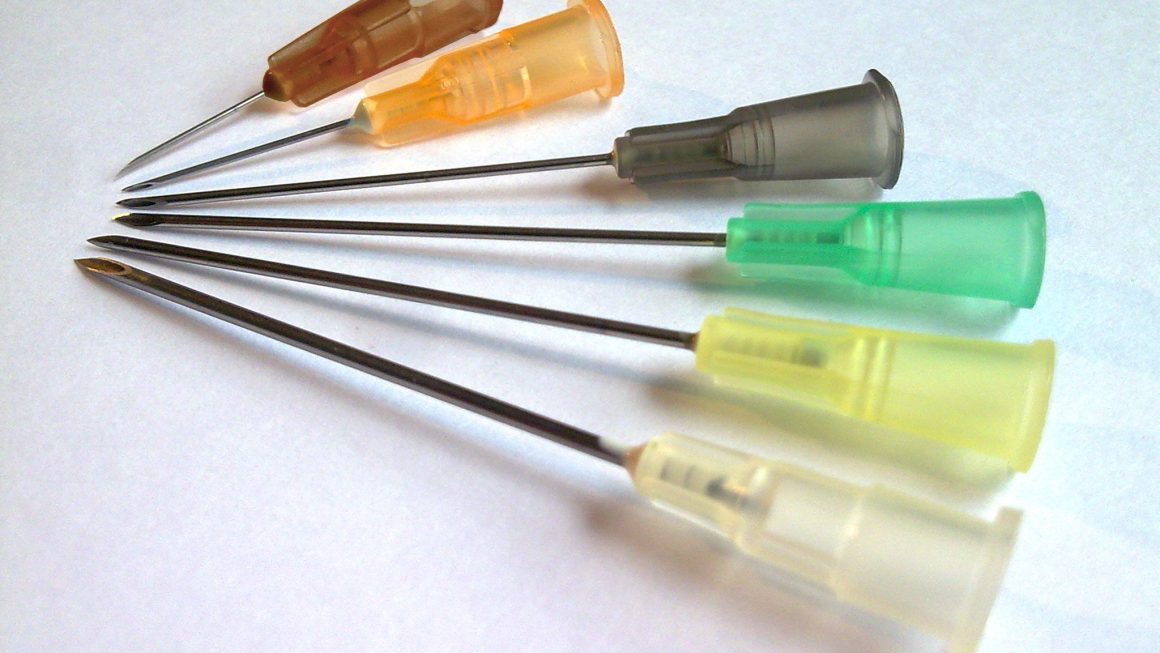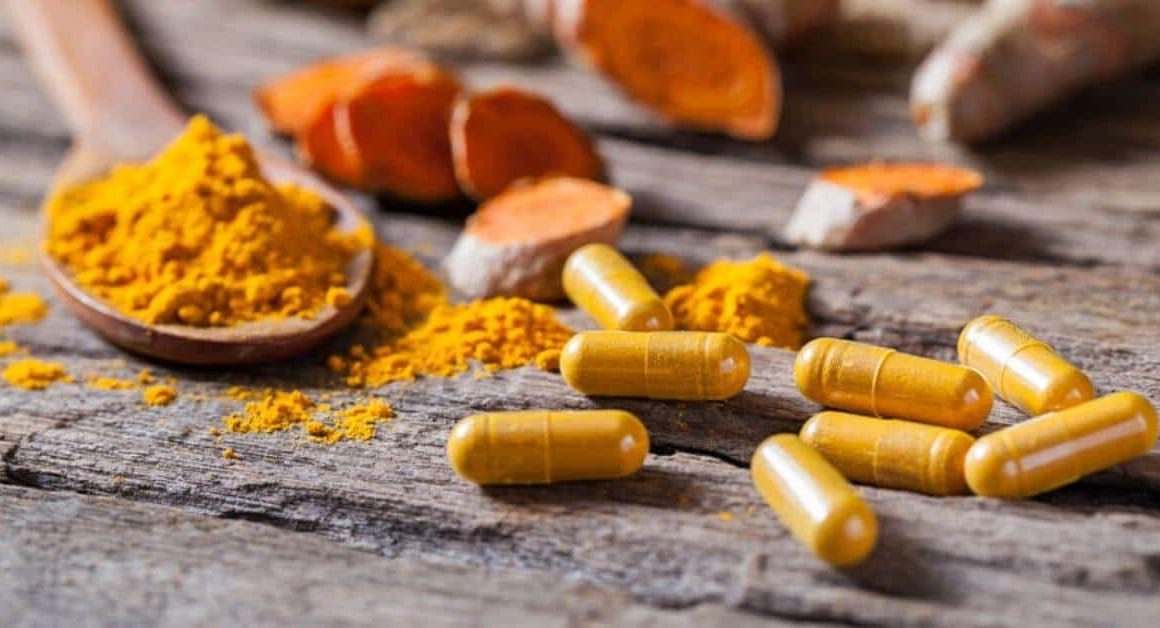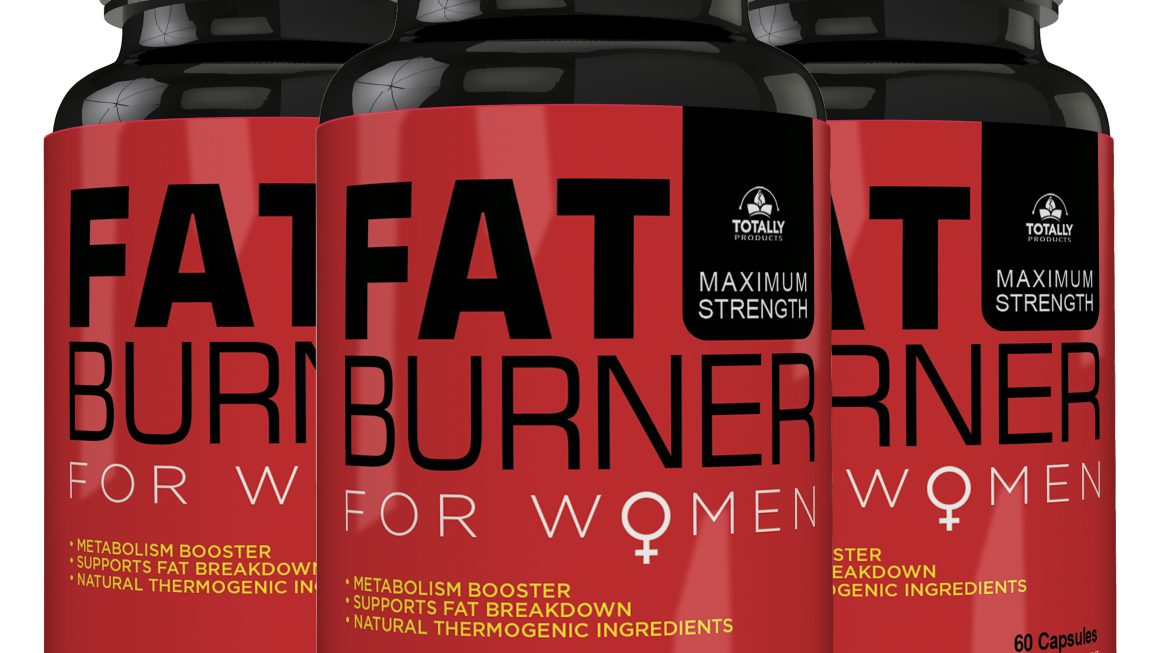Since 1853, the hypodermic needle has been an important tool in the medical field. It injects drugs into the body or takes samples from it for testing. As technology has improved, so have needles, making them more efficient and comfortable. At Face Med Store we carry various hypodermic needles suitable for different uses and applications.
History of the Hypodermic Needle
The first time a syringe was used for injection was in 1853 by French physician Charles Pravaz and Scottish doctor Alexander Wood. They both developed their own versions of the device and presented them at the French Academy of Science meeting. Afterward, these two inventors worked together to refine their design and create what we know today as a hypodermic needle. Although they were not the first to conceive such an idea, their version proved to be much easier to use than alternatives like lancets or trocars which were commonly used up until this point in time.
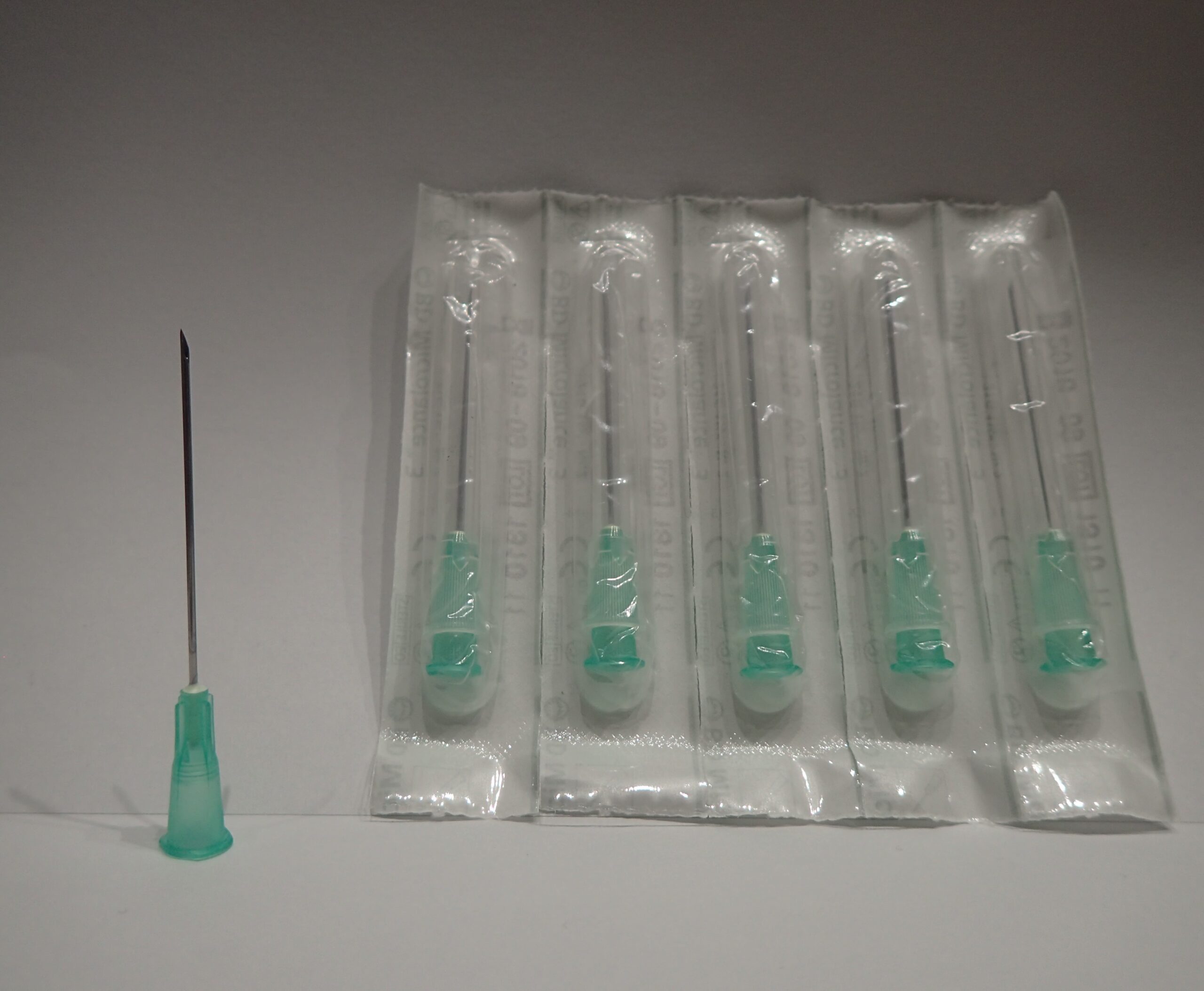
Early Uses for Injections
Initially, injections were primarily used as a means of introducing large molecules such as vaccines into the body in order to immunize against diseases or treat illnesses like cancer. Over time they became more commonplace as drug delivery began taking hold in various treatments ranging from pain relief to hormone replacement therapy (HRT). This made needles an invaluable tool for physicians who now had access to an array of medications that could be injected directly into patients with relative ease compared to orally administered pills or tablets, which can suffer from poor absorption rates due to digestive issues such as gastritis or ulcers.
Benefits Of Modern Needles
Today’s modern needles come with many benefits over their predecessors, including increased safety features, higher precision measurements, better comfort levels during use, and even less waste thanks to disposable options available on the market at Face Med Store. These advances have allowed practitioners greater control when administering drugs or fluids to patients while also creating less risk from infection due to improved sterility measures taken during manufacture – something which was lacking before developments in science enabled us to properly sterilize our instruments without damaging them irreparably through boiling water baths, etc.
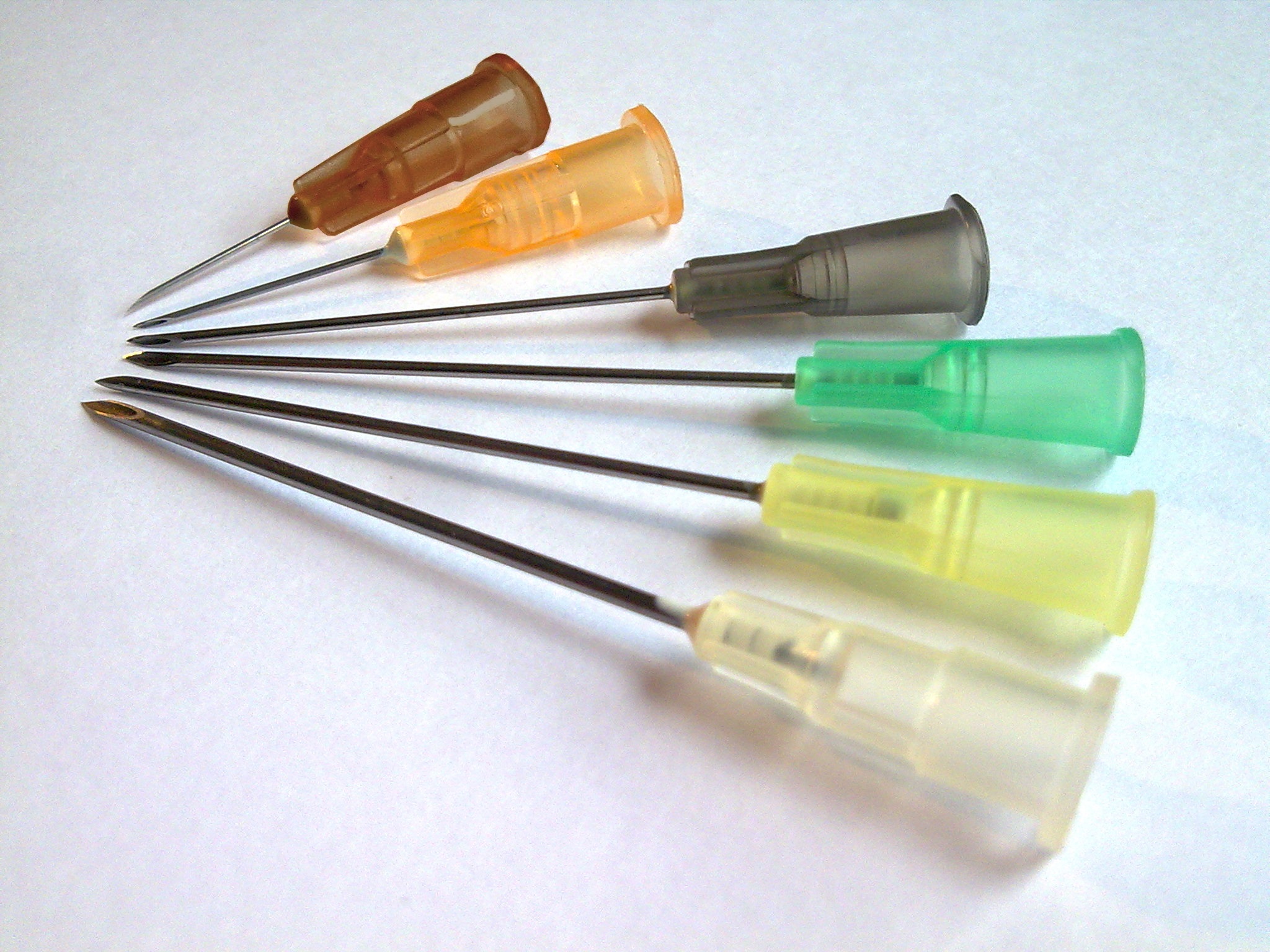
Types Of Modern Needles
Hypodermic needles come in all shapes and sizes depending on what kind of task needs performing but some common types include regular/standard gauge (the most commonly used), fine gauge (used mainly for pediatric applications), adjustable length (great for accessing difficult areas), pre-filled syringes (ideal if you need multiple doses quickly), short-beveled style (most often found when drawing blood samples), non-coring ‘butterfly’ type needles (for high flow rate fluids), autoinjectors/pen systems which contain self-contained doses within them already set at specific amounts per dose making administration simple even without any knowledge about dosing parameters beforehand etc..
Conclusion
In conclusion, there is no doubt that hypodermic needles have become an essential part of modern medicine since their invention back in 1853. Thanks to technological advancements they are now safer, more precise, and offer far greater comfort levels when being used – something we can all appreciate, given how unpleasant injections can sometimes feel! So next time you’re looking for quality needles make sure you check out Face Med Store where you’ll find everything you need!

